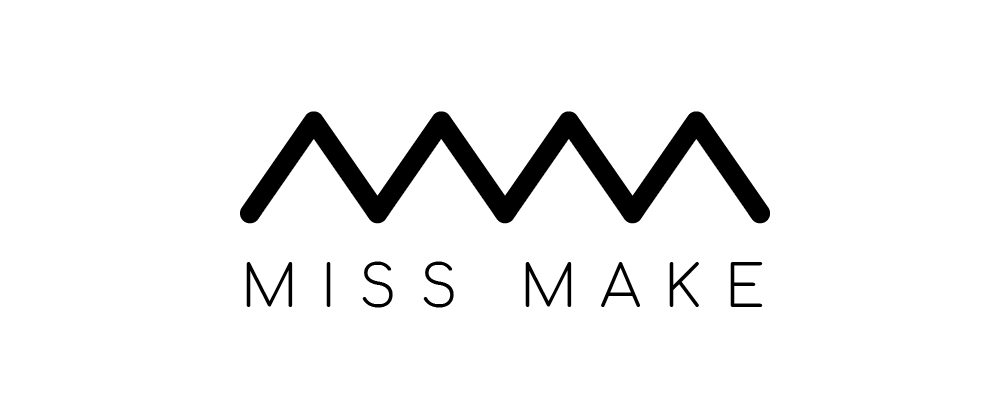Star Wars Dress + Sewing with Sheets
If you're me and you have tickets to a Dodger game on a stadium-endorsed Star Wars night, well then, you seize and abuse that opportunity to make a themed dress. Even if you don't really know what Star Wars night is. Even if there are only approximately two other people dressed up. Even if, clearly, they should have made the players use bats that looked like lightsabers, but didn't.
Because now you have this dress that makes strangers giggle on the sidewalk.
When I originally thought about making something for this so-called Star Wars night, I toyed with the idea of ordering Star Wars fabric online, but then decided it was too much effort and too much money for something that is a little bit ridiculous.
Then I found myself in the kid's bedroom aisle at Target. And lo and behold, a twin sized Star Wars sheet set for $20. Into the cart it went.
The pattern is Kwik Sew 3521, which is the same pattern used for the Best Party Dress class at Sew LA. I made the View A bodice and the View B skirt. It runs huge, go down a size from what it tells you based on your measurements! I went from S to XS and there are still areas I could take in. And I also added pockets. Duh.
This whole project has made me realize that, while sometimes lower quality and a little Scarlett O'Hara, sheets are a completely viable option for sewing material. They are basically huge hunks of quilting weight woven fabric that cost less than fabric by the yard. And it's not just ridiculous themed kids sheets. There are tons of gorgeous vintage sheets listed on Etsy that would make beautiful dresses and other garments.
Remember that a fitted sheet is actually a 3D rectangular box shape with depth as well as length and width. The measurements above only include the top section [length and width] that lies flat against the mattress. If you are careful and creative with your cutting and include the depth of the fitted sheet as well, you can squeeze a few more inches out in all directions.
Beyond size, there are a few other things to think about:
Fiber content. Don't just assume it's 100% cotton. Many sheets - especially if they're garishly printed kids sheet like these - have some polyester mixed in. So check the tag before you attack it with your blazing hot iron.
Grainline. These sheets that I used were horrifically off grain. The grainline was running diagonally across the whole thing. So don't assume you can just fold your sheet evenly in half to create a cutting fold. When I folded mine, the edges ended up being pretty off kilter in order to fold on grain. Check out this post from the Colette Patterns blog if you need a little more info on grainlines.
A special thanks to my man for going with me to an alien planet Vasquez Rocks outside LA and taking these awesome pictures. If you're in the area and have never been, go! Especially during a gorgeous sunset.
















